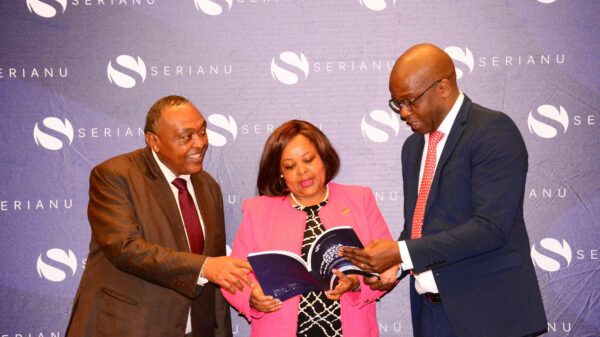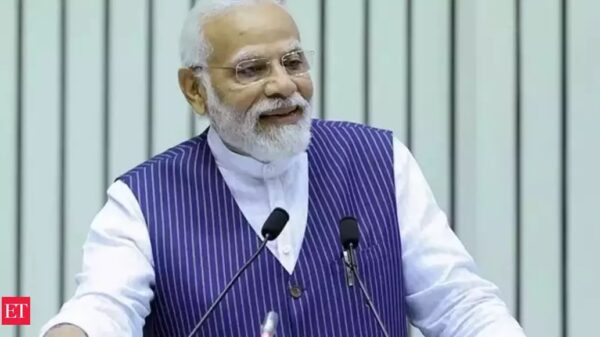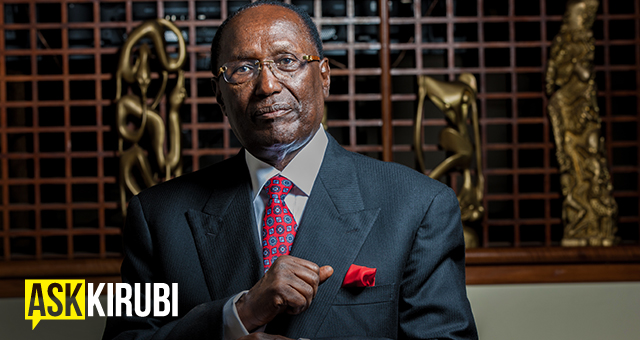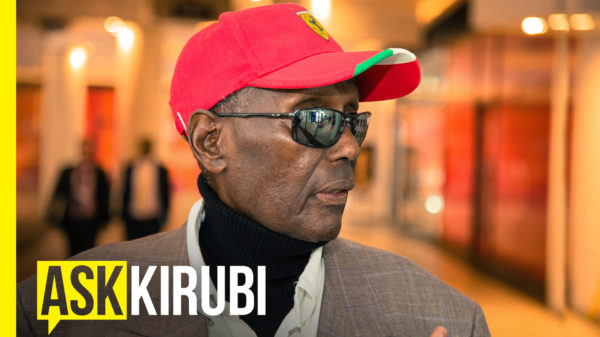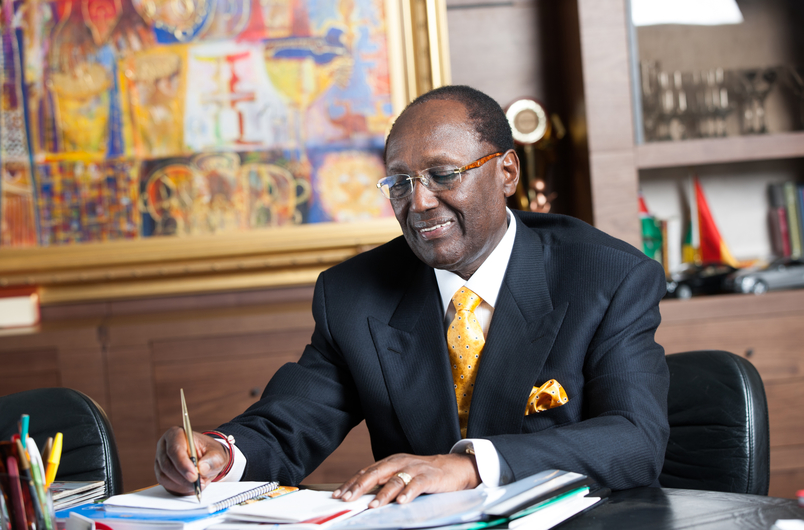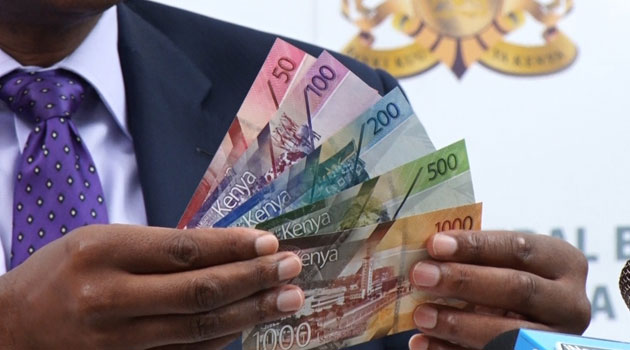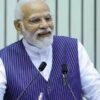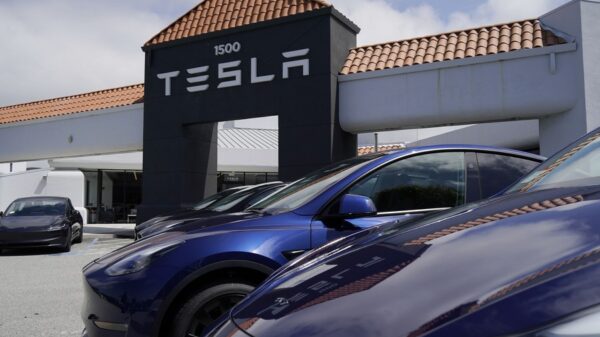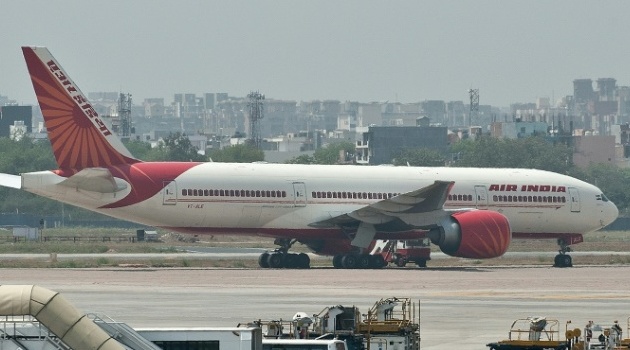OCT 17 – First came the tariffs in August – 50% duties on Indian goods, dressed up as punishment for buying Russian oil.
Then came US President Donald Trump’s claim on Wednesday that Indian PM Narendra Modi had privately agreed to end those purchases “within a short period of time”.
Next day, Russia responded cautiously, while India distanced itself from his comments.
Russia’s envoy in Delhi, Denis Alipov, said its oil was “very beneficial for the Indian economy and for the welfare of Indian people”. The Indian government said its import policy was “guided by the interests of the Indian consumer in a volatile energy scenario”, and later a spokesperson added he was unaware of “any conversation yesterday” between Modi and Trump.
Caught between an old ally in Moscow and mounting pressure from Washington, India’s energy policy has become a delicate balancing act. But just how critical is Russian oil to the Indian economy?
Last year, India, the world’s third-largest oil importer, bought $52.7bn of Russian crude – 37% of its oil bill – followed by Iraq, Saudi Arabia, the UAE, Nigeria, and the US.
But how did India’s energy mix come to look like this?
Before the Russian imports surged, India’s top 10 crude suppliers in 2021-22 were Russia, Iraq, Saudi Arabia, the UAE, the US, Brazil, Kuwait, Mexico, Nigeria, and Oman. The remaining 31 countries formed a long tail of smaller, opportunistic deals that ebb and flow with global prices.
Despite some popular perception that India relies solely on Russian oil, it also imports significant volumes from the US. In 2024, India bought $7.7bn of American petroleum products – including $4.8bn of crude – but still ran a $3.2bn petroleum trade deficit with Washington, according to Global Trade Research Initiative (GTRI), a Delhi-based think tank.
Between 2018-19 and 2021-22, India’s oil basket underwent its first major shift.
Imports from Iran and Venezuela – once 17% of the total or 41 million tonnes – were phased out, their place largely filled by traditional suppliers such as Iraq, Saudi Arabia and the UAE, according to a study by Partha Mukhopadhyay of the Centre for Policy Research, a Delhi-based think tank. Both countries faced heavy sanctions, making it difficult for India to continue importing oil from them.
The second transition came with the Ukraine war.
India’s imports of Russian oil soared from 4 million tonnes in 2021-22 to over 87 million tonnes in 2024-25. The surge was driven by discounts offered by Russia after Western sanctions, making its crude more attractive to Indian refiners.
After 2021-22, Russian oil averaged a 14.1% discount in 2022-23 and 10.4% in 2023-24, saving India roughly $5bn a year- or 3–4% of its crude import bill.
While the Gulf trio – Iraq, Saudi Arabia and the UAE – saw their share fall by 11 percentage points, their actual volumes held steady as India’s overall imports rose from 196 million to 244 million tonnes.
The adjustment fell largely on others: imports from the US, Brazil, Kuwait, Mexico, Nigeria and Oman more than halved, and the “rest” of 31 smaller suppliers also declined. A few, like Angola and South Korea, bucked the trend, and even Venezuela made a modest return.
“Thus, the increase in imports from Russia has been accompanied by a decrease in imports from many countries, some of whom saw a drastic fall in their exports to India,” says Mr Mukhopadhyay. In other words, Russia’s rise came at the expense of nearly everyone else.
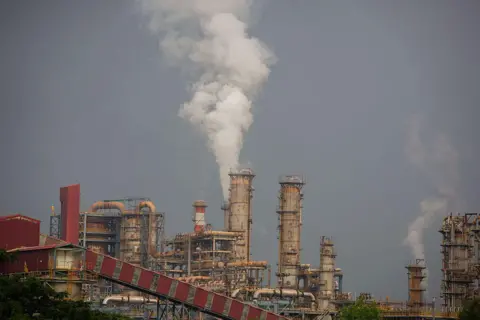 Abhishek Chinnappa/Getty Images
Abhishek Chinnappa/Getty ImagesFor India, the savings from discounted Russian oil remain modest – under 1% of India’s $900bn goods and services import bill – but still add up to a substantial $9bn.
“If India were to halt Russian purchases, global oil prices could rise, wiping out those savings and adding even more to import costs – not just for India, but worldwide. In effect, buying discounted Russian crude has helped Delhi cushion its economy while quietly stabilising global prices,” says Mr Mukhopadhyay.
That said, oil prices have fallen 27% this year, from $78 to $59 per barrel – far more volatility than a halt in Indian imports from Russia could cause. Weak demand in the overall market also makes it easier for other countries to compensate for the 4–5% of global production these imports represent, he notes.
Ajay Srivastava, a former Indian trade official and head of the GTRI, says for India, Russian oil “offers price stability and refinery compatibility”.
“Most Indian refineries are calibrated for heavier crude grades similar to Russia’s Urals blend. Replacing those with light US shale would require costly reconfiguration and could cut yields of diesel and jet fuel, says Mr Srivastava. The Urals blend is a medium-to-heavy Russian crude oil, meaning Indian refineries are well-suited to process it efficiently without major adjustments.
For Delhi, the trade-off is stark: continue with discounted Russian oil and risk US retaliation, or shift to costlier Middle Eastern and American grades and face higher domestic fuel prices, says Mr Srivastava.
As Washington tightens the screws, India finds itself on the horns of a dilemma – the delayed India-US trade deal hangs in the balance, and the choice between short-term gains and long-term costs could define the next phase of bilateral ties.
By BBC














